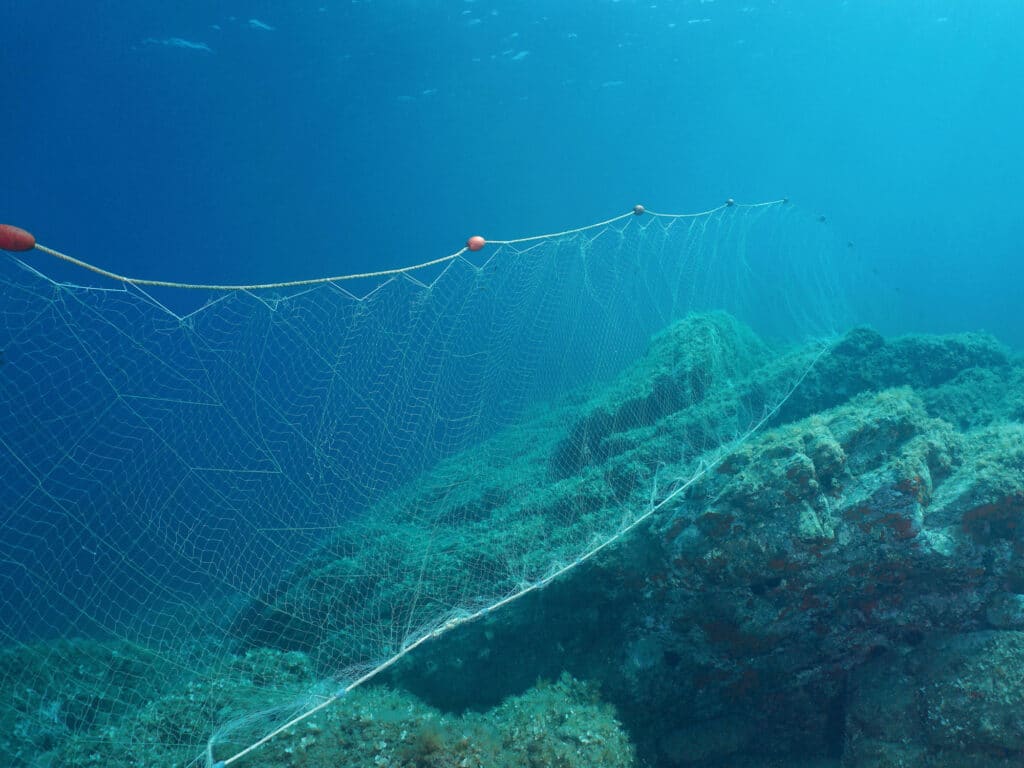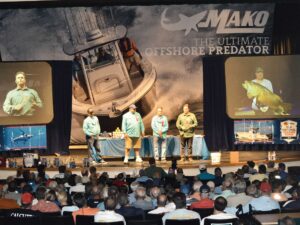
The California Department of Fish and Wildlife (DFW) was recently charged the state’s Fish and Game Commission’s Marine Resources Committee with prioritizing recommendations for improving data collection and minimizing bycatch in the state’s set-gillnet fishery, which most anglers consider one of world’s most indiscriminate forms of commercial harvest.
Now, at least one conservation organization wants to side-step the regulatory process by turning to a legislative solution in the form of California Assembly Bill 2220. Oceana in partnership with the Resource Renewal Institute (RRI) has co-sponsored the bill, which was brought to the floor by Assembly member Steve Bennett (D-Ventura).
“The diversity of ocean life off California rivals any other place around the globe, but the state’s set gillnet fishery is threatening the very ocean animals that support a healthy ocean ecosystem, drive tourism, support robust fisheries, and are valued by Californians,” said Dr. Geoff Shester, Oceana’s California campaign director and senior scientist.
“Californians have already said they don’t want these nets off our shores, having voted to ban them more than 30 years ago. We commend Assembly member Bennett for championing AB 2220 to protect ocean biodiversity which will have major benefits for the oceans and Californians.”
Lending impetus to AB 2220 is a report by Oceana and Turtle Island Restoration Network (TIRN) that indicates a 64 percent discard rate, with a 54 percent mortality rate, in California set-gillnet fishery. The DFW data varies from the Oceana/TIRN study, but rather than rely on the Department’s recommendations, Oceana and RRI are pursuing legislation containing their own recommendations, which include:
- Removing an exemption in current law that allows the set-gillnet fishery to incidentally catch and sell without catch limits great white sharks. While the targeted capture and sale of white sharks is prohibited in all commercial and recreational state fisheries, there are no limits on the incidental bycatch of these sharks in their nursery areas off Southern California for this fishery. These set gillnets catch more than 90 percent of the young great white sharks caught and thrown overboard in California fisheries, estimated by the National Marine Fisheries Service in 2011 to be 25 white sharks per year.
- Removing an exemption in current law that allows the fishery to incidentally catch and sell giant seabass—a fish that can weigh more than 500 pounds and reigned over California’s kelp forests until it was overfished in the 1900’s. Giant seabass are also prohibited species in all other commercial and recreational fisheries.
- Extending the prohibition on the use of set-gillnets in state waters by banning its use out to three miles from California’s Channel Islands, which are widely recognized as a biodiversity hotspot in the Pacific Ocean.
- Making set-gillnet fishing permits non-transferable.
- Giving authority to the California Department of Fish and Wildlife to require third-party observers on state fisheries. These observers accurately count and record everything that is caught, filling in critical information gaps. This will enable California to better manage set gillnets and other state commercial fisheries benefiting its ability to ensure resilient fisheries. Certain aspects of the set gillnet fishery are managed under the authority of the California Fish and Game Commission. This legislation addresses management issues outside the Commission’s authority.
AB 2220 is expected to reach its first committee hearing with the Assembly’s Water, Parks and Wildlife Committee in late March or early April 2024, according to Oceana. Check back here at saltwatersportsman.com for updates on AB 2220 as developments occur.
California set gillnets were originally banned in Northern California waters back in 1915. In 1990, after Southern Californian sport fishermen noticed major declines in fish populations over the previous decade, anglers, conservation organizations, and elected officials worked together to pass Proposition 132, which prohibited the use of set gillnets within state waters off Southern California (within 3 nautical miles of the coast). However, set gillnets are still being used in federal waters, offshore banks, and in certain areas around Southern California’s Channel Islands.









